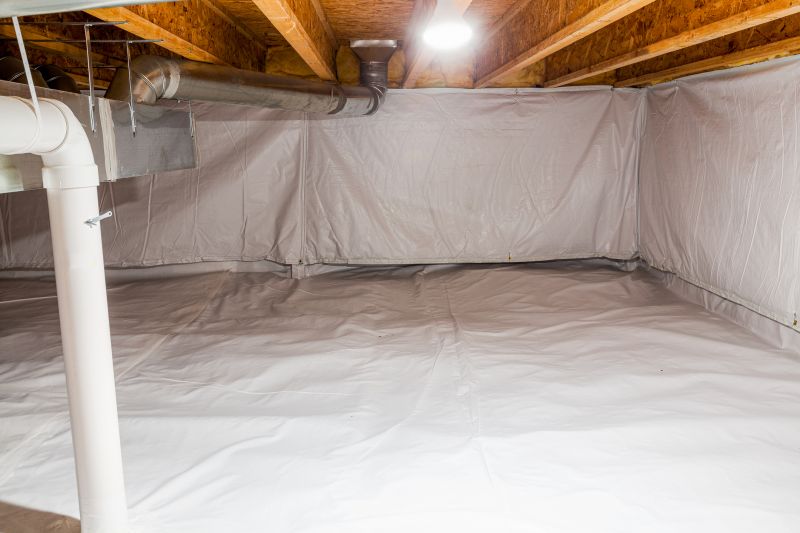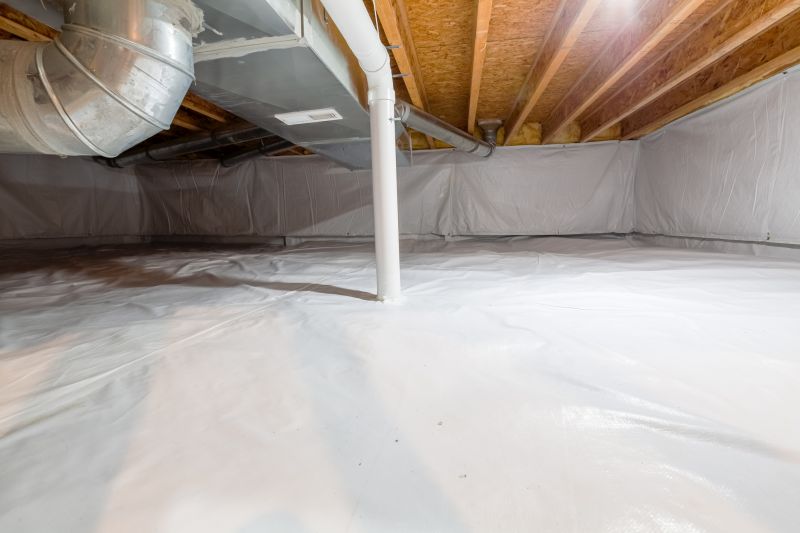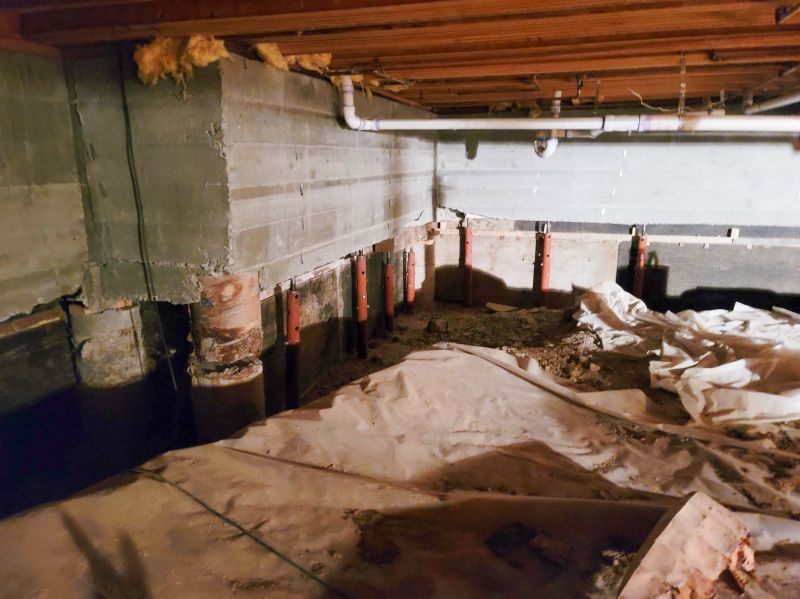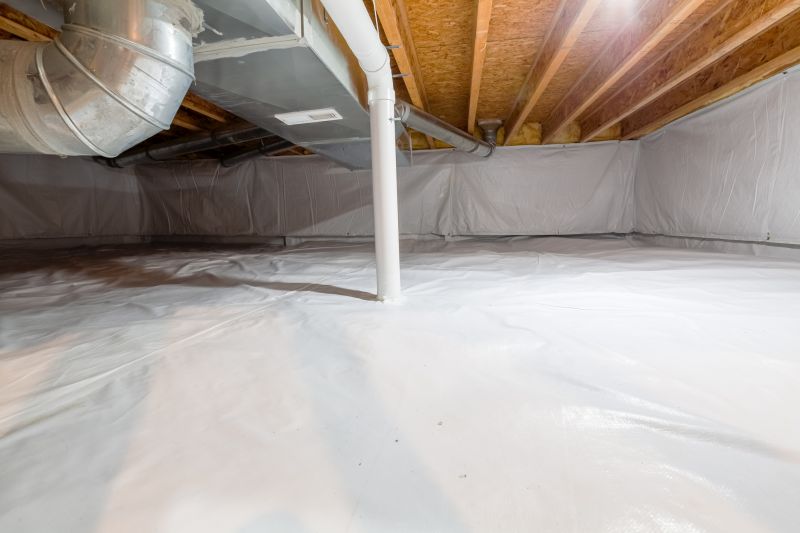Comprehensive Crawlspace Waterproofing and Encapsulation
Crawlspace encapsulation is a comprehensive process designed to improve indoor air quality, prevent moisture intrusion, and protect the structural integrity of a building. Proper encapsulation involves sealing vents, installing vapor barriers, and adding insulation to create a controlled environment beneath the home. This service is essential for homeowners seeking to enhance energy efficiency and reduce potential health hazards caused by moisture and mold.
Encapsulation significantly reduces humidity levels in the crawlspace, preventing mold growth and wood rot. Studies show that proper moisture management can lower indoor humidity by up to 50%, leading to healthier living conditions.
Sealing the crawlspace minimizes air leaks and improves insulation performance. This can lead to energy savings of up to 15%, reducing utility bills and enhancing comfort throughout the home.
Encapsulation shields the foundation and supports long-term stability by preventing water damage and pest infiltration, which can cause costly repairs if left unaddressed.

A fully encapsulated crawlspace with sealed vents, vapor barriers, and insulation, showcasing the transformation for moisture prevention.

Close-up of the vapor barrier installation and insulation, demonstrating effective moisture and temperature control.

An example of a well-maintained crawlspace after encapsulation, highlighting the structural protection.

A view of the finished encapsulated area, emphasizing the neat and durable installation.
Neglecting crawlspace encapsulation can lead to serious issues such as increased mold growth, wood rot, pest infestations, and higher energy costs. Unprotected crawlspaces often harbor moisture, which can compromise the foundation and lead to costly repairs over time. Additionally, airborne mold spores and allergens can migrate into the living spaces, impacting indoor air quality and health.
| Risks of Not Encapsulating | Benefits of Encapsulation |
|---|---|
| Increased mold growth | Reduces mold and moisture-related problems |
| Higher energy bills | Improves energy efficiency and lowers utility costs |
| Foundation damage | Protects structural integrity over time |
| Pest infiltration | Prevents pests from entering the crawlspace |
| Poor indoor air quality | Enhances indoor air health and safety |
| Wood rot and decay | Prevents deterioration of wooden supports |
| Increased maintenance costs | Minimizes long-term repair expenses |

